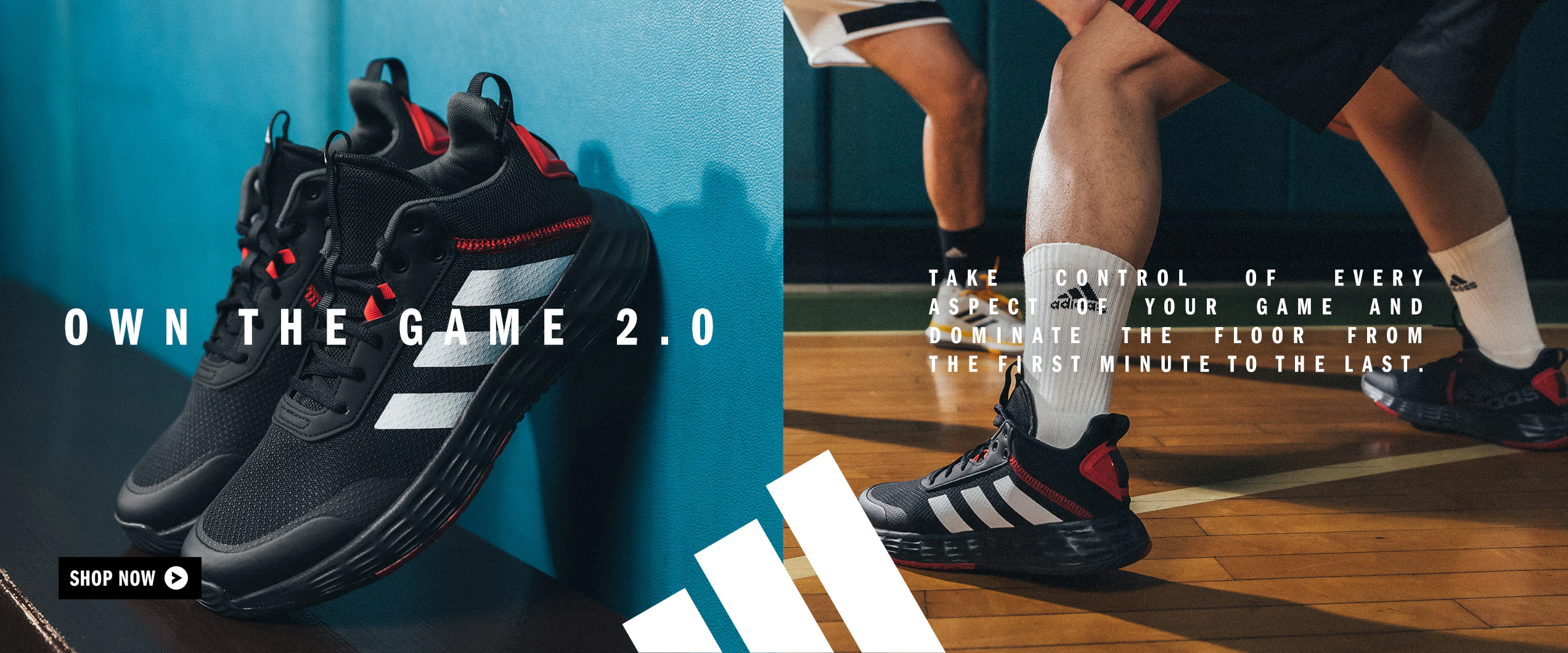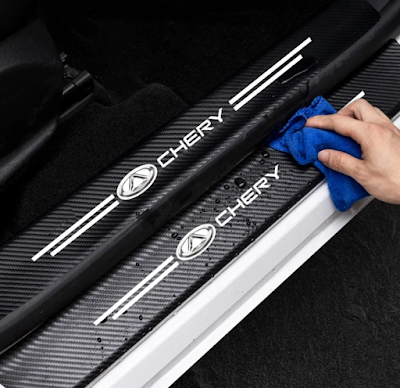Wall Graffiti Art Style - 03
Graffiti art is a vibrant and diverse form of artistic expression that has evolved from street culture into a recognized art form. Here’s an overview of various graffiti art styles:
1. Tagging • Description: The simplest and most basic form of graffiti, consisting of quick, stylized signatures or nicknames of the artist.
• Purpose: Primarily used for marking territory or gaining recognition in the graffiti community.
2. Throw-Up • Description: A more elaborate version of tagging, usually featuring bubble letters or simple outlines filled with one or two colors.
• Purpose: Designed for quick execution; used to cover more space than simple tags while still being somewhat legible.
3. Wildstyle • Description: Complex and intricate lettering that often intertwines and includes arrows and decorative elements.
• Purpose: Aimed at showcasing the artist's skill and creativity, often making it difficult for non-graffiti writers to read.
4. Stencil Art • Description: Involves creating pre-cut stencils, allowing for rapid reproduction of images or text.
• Purpose: Often used for political or social commentary, made famous by artists like Banksy.
5. Block Letters
• Description: Bold and straightforward lettering that is easy to read.
• Purpose: To convey messages clearly and effectively, making it a common choice for protest art.
6. Characters • Description: Features cartoonish or stylized figures that often have unique characteristics and stories.
• Purpose: Adds a narrative element to the artwork, engaging viewers on a personal level.
7. Murals • Description: Large-scale artworks that cover entire walls, often created collaboratively by multiple artists.
• Purpose: Used to tell stories, promote community identity, or address social issues.
8. 3D Graffiti • Description: Uses shading and perspective techniques to create an illusion of depth.
• Purpose: Enhances visual impact, making the artwork appear to pop off the wall.
9. Paste-Ups • Description: Images or graphics printed on paper and glued to surfaces, similar to stencils but often more detailed.
• Purpose: Allows for intricate designs and can convey deeper messages or themes.












